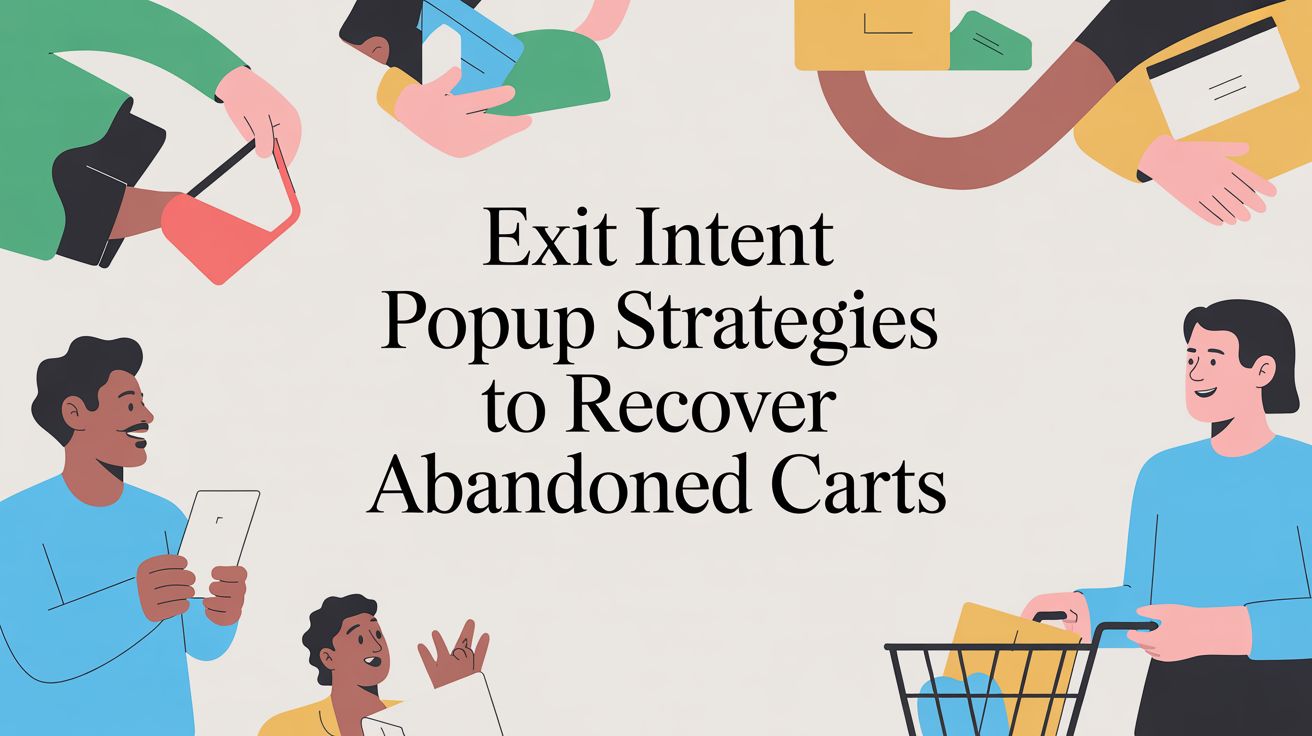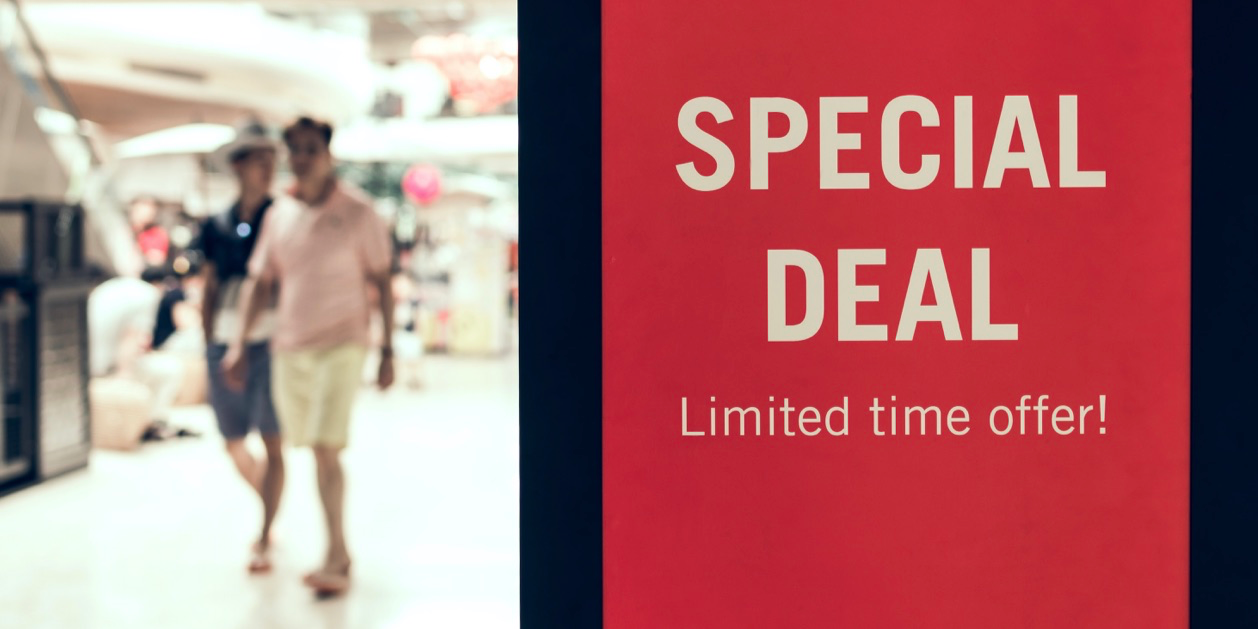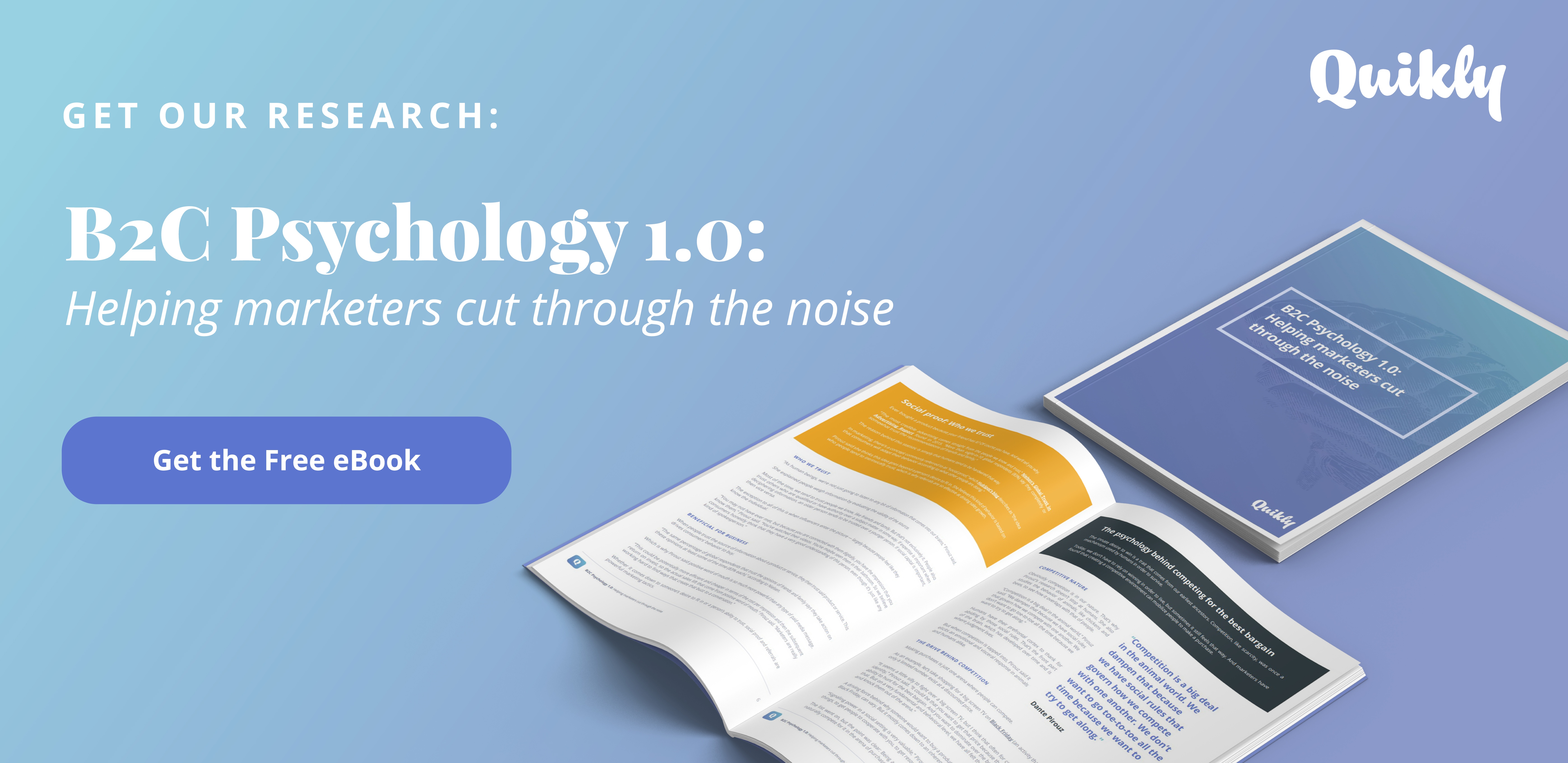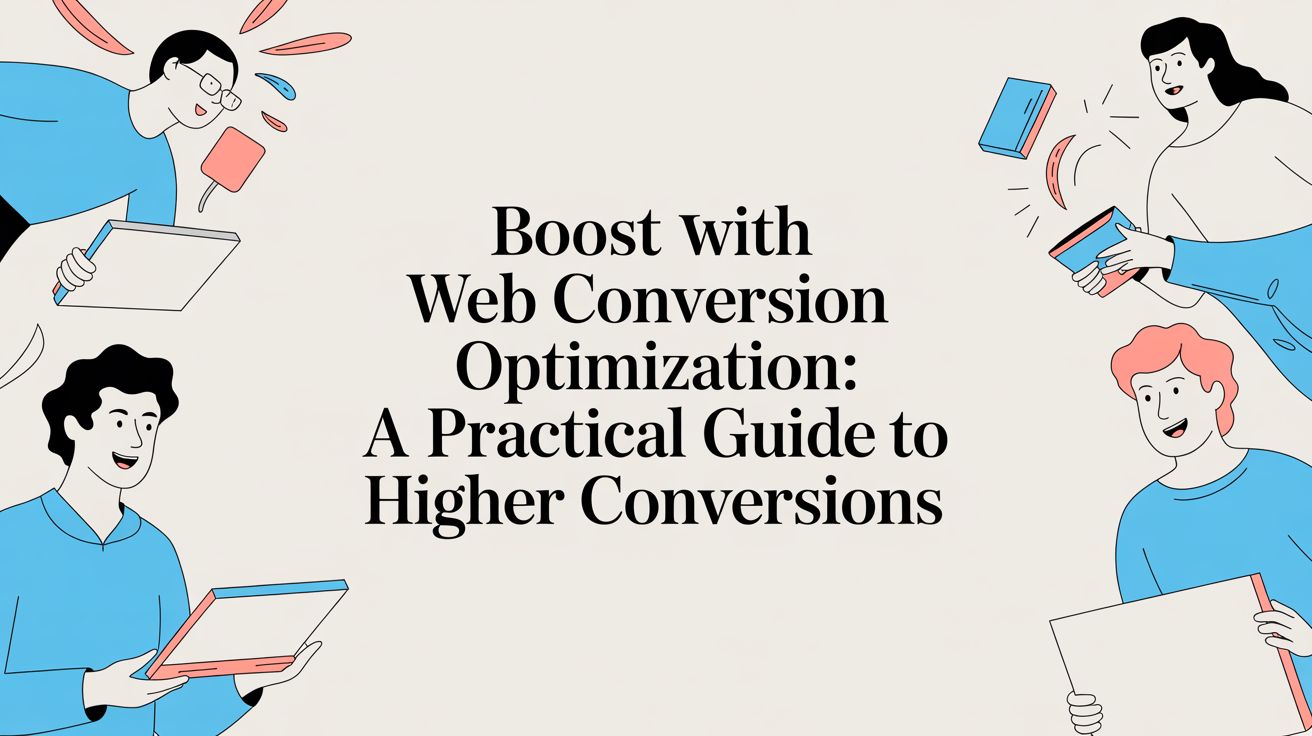
Psychology-based tips to improve your B2C-marketing strategy (with podcast)

If you’re a B2C marketer, having an understanding of consumer behavior can help you be more effective at your job. That’s why we wanted to make a podcast that offered insight from experts in the field of psychology to help add value to your marketing strategies.
But when we started making Market with Me Quikly — a podcast to inform, educate and assist B2C marketers in doing their job just a little bit better — we did not anticipate that we were going to be in the middle of a pandemic.
And because we were focusing on what information could be helpful while facing a tumultuous marketplace, we were unable to share all of the amazing intel we learned in our interviews. So in the last episode of our first season, we’re bringing you that. Here are tips based in consumer psychology that can help improve your marketing strategy:
Tip 1: Offer time slots for incentive redemption
Dr. Selin Malkoc holds a Ph.D. in marketing from UNC-Chapel Hill and is an Associate Professor of Marketing at Ohio State University. Her research examines how consumers make present and future decisions, how they make judgments about the passage of time and how they choose to use their time.
In her research, she found scheduling a window of time consumers can claim a reward made for a better experience.
“We ran this one study where we told people that we were giving away free cookies and coffee for students who were getting ready for their finals,” she said.
Malkoc explained that she told one group of students to come anytime between 6 a.m. and 8 a.m. to grab their snack and drink. The other group was told to schedule a specific time they were going to come retrieve their teat.
The people who chose a specific time enjoyed their coffee and cookie significantly less than those who came during a window.
“The system that I described is very similar to the ones at Disney and Universal,” Malkoc said. “It turns out that if you get a window, you're less stressed and you enjoy it far more.”
And enjoyment is what brings consumers back to an experience and causes repeat purchases. So as you’re offering incentives like coupons or limited-time offers, consider offering slots of times for redemption.
Tip 2: Emphasize emotional value
Joshua Lisec is the world's only award-winning certified professional ghostwriter.
“I think we've all heard of the expression of better mousetrap. Right? That's the innovator's dilemma,” Lisec said. “How can I make the mousetrap better, more features, fewer features, more functionality?”
Because of this, he said a lot of marketers tend to describe the function of a product in marketing campaigns. But emphasis on function isn’t always helpful for a sales funnel.
Instead, Lisec thinks people should focus on the emotional value of a product.
After “building a better mousetrap,” he said to ask yourself the following questions when thinking about how to market the product or service: How does my life look after that? How do I feel? What’s the emotional impact?
“It might be time to interview your customers and ask about how the product makes them feel when they're using it,” Lisec said.
Because others might be focusing on informing consumers, putting emphasis on the emotional value of a product is a great way to elevate your brand in the eyes of consumers.
Tip 3: Customize messaging according to gender
Professor James Wilkie at the University of Notre Dame is a consumer psychologist who has studied how environmental cues and social norms can automatically influence consumers. His projects have explored the impact of gender perceptions and identity on consumer preferences of men vs. women.
He said men and women process information a little bit differently from each other. And part of that has to do with the gender norms dictated by the society that we live in. Since there's pressure on men to behave in a masculine way and pressure on women to behave in a feminine way, that can lead to differences in behavior.
Wilkie said a psychological method to get more men to buy things, for example, is if you affirm men’s masculinity before they judge a product.
And out of the two genders, one is more willing to make a purchase that isn’t necessarily targeted at them:“Women are more willing to purchase a masculine product than men are to purchase a feminine product,” Wilkie said.
Listen to the full podcast episode for more tips on how to use consumer psychology in your marketing strategy.
We’re going to continue these conversations around B2C marketing in the second season of Market with Me Quikly. If you think you can bring some level of expertise or exciting knowledge that we wouldn’t have otherwise, please reach out.
You can email us directly at andrea@quikly.com.

Andrea Gonzales-Paul is a brand journalist at Quikly. Her background is in storytelling, specifically working in TV news and documentary filmmaking.

